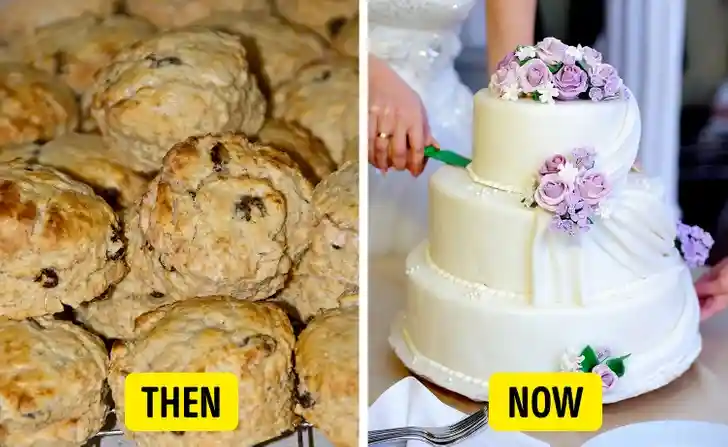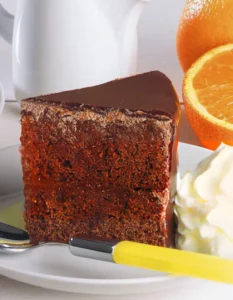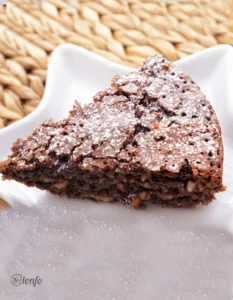Before human cultivation, bananas and corn had a very different appearance, and carrots were intentionally dyed orange for political purposes. It might be surprising to learn that watermelons were once extremely bitter. Many of the foods we enjoy today have intriguing histories and have evolved significantly over time.
Bright Side has delved into the remarkable metamorphoses that our modern foods have undergone and unearthed 13 facts about their incredible transformations that may seem unbelievable.
1. The original cucumber was toxic.

The original form of cucumber, also referred to as wild cucumber, possessed such high toxicity that it was unsuitable for consumption. However, in India, people cultivated and utilized them for medicinal purposes. The modern cucumbers that we consume now have elongated shapes and contain a high water content, making them ideal for inclusion in a low-calorie diet.
2. Eggplants weren’t purple and they had spikes.
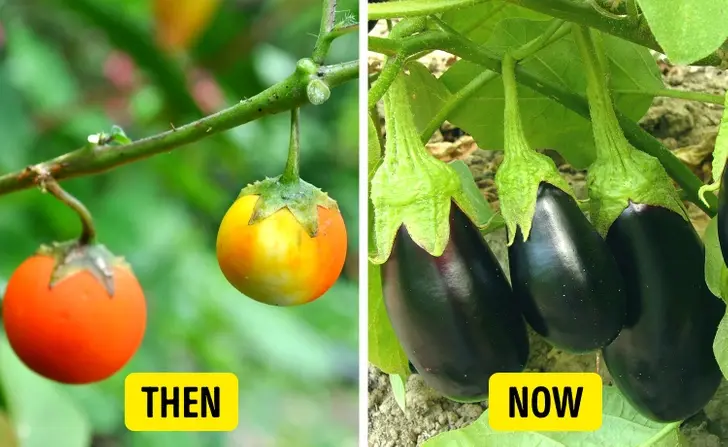
The reason behind the eggplant’s name is the visual similarity it once shared with an egg growing on a plant. In the past, eggplants exhibited a variety of colors, including white, yellow, and blue, along with different shapes such as round and oval, and their stems featured small spikes.
3. Tomatoes were once called “poison apples.”
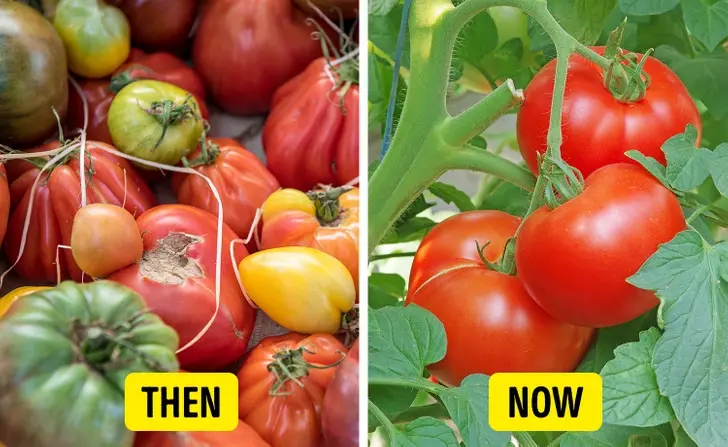
During the 1700s, there was actual apprehension among Europeans regarding the consumption of tomatoes, which they referred to as “poison apples.” It was believed that affluent individuals who ate tomatoes succumbed to death as a result of consuming them. However, it was later discovered that the combination of acidic tomatoes and lead-made pewter plates led to lead poisoning.
4. Carrots were turned orange for political reasons.
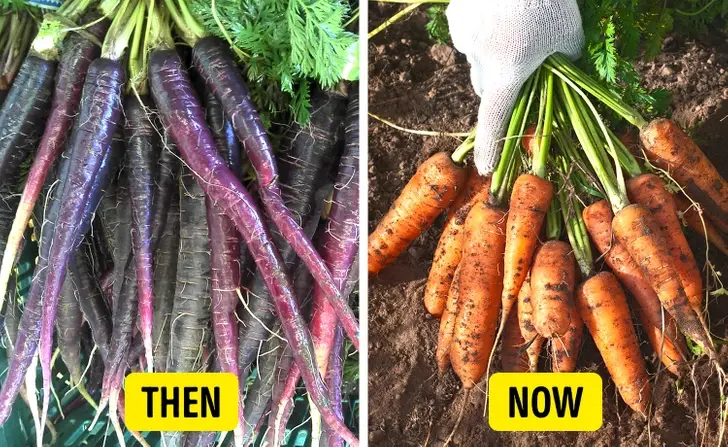
Carrots of white and purple hues graced the earlier centuries. A theory suggests that the Dutch deliberately transformed carrots into the familiar orange hue for political purposes. It is suggested that Dutch farmers, in homage to William of Orange, a revolutionary figure, selectively bred carrots to produce the unmistakable orange varieties known today. While this remains a mere theory, the House of Orange did indeed become linked with the orange-colored carrots.
5. Corn was barely edible.
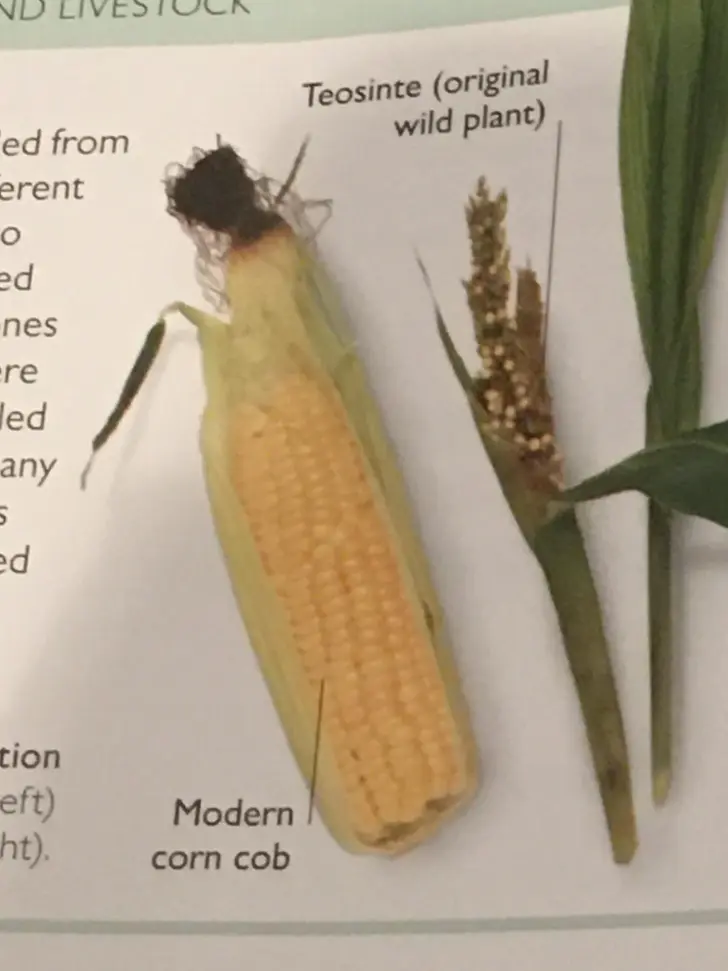
Corn, a fundamental food crop, originated from teosinte, a type of grass found in Mexico. Initially, teosinte had a limited number of kernels and a tough outer covering, which made it challenging to extract and relatively unpalatable. Over time, through extensive selective breeding and domestication efforts, corn evolved into a larger, more cultivable, and significantly more palatable crop.
6. Bananas had seeds.
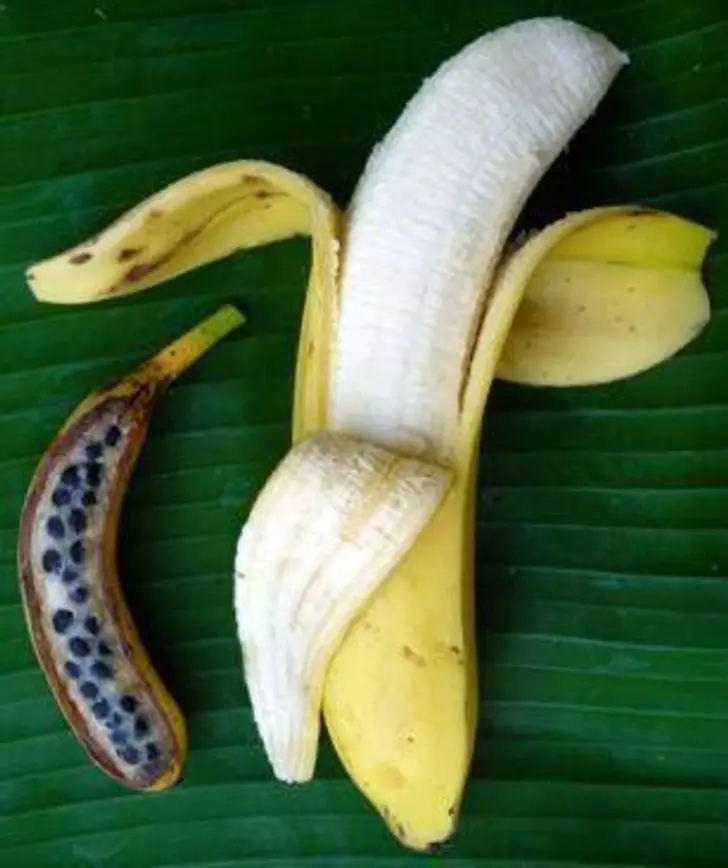
The original bananas were tough and had sizable seeds encased inside. Modern bananas are the result of the evolution of two original banana varieties, leading to a more nourishing type with reduced seeds and improved flavor.
7. Apples were tiny.
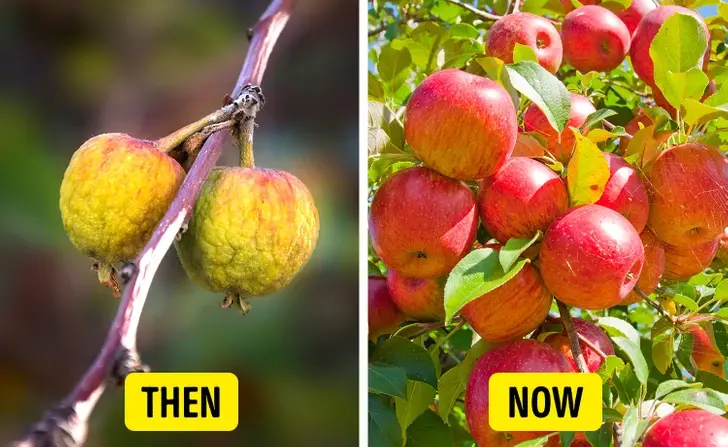
The wild apple, which is the ancestor of the apple we know today, was initially quite small. It’s also fascinating to note that within a single tree, there existed varied colors, sizes, and flavors of these wild apples. It was around 4,000 years ago that humans began domesticating and cultivating apples to enhance their size and taste.
8. Avocados were smaller and had a large pit.

9. Peaches and cherries used to be the same size.
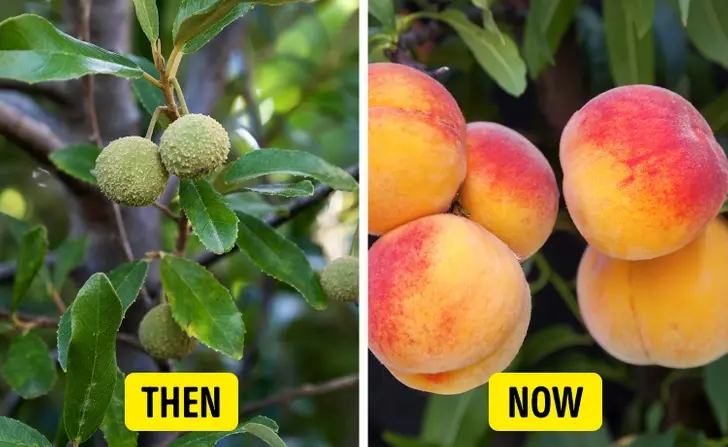
10. Watermelons tasted very bitter.
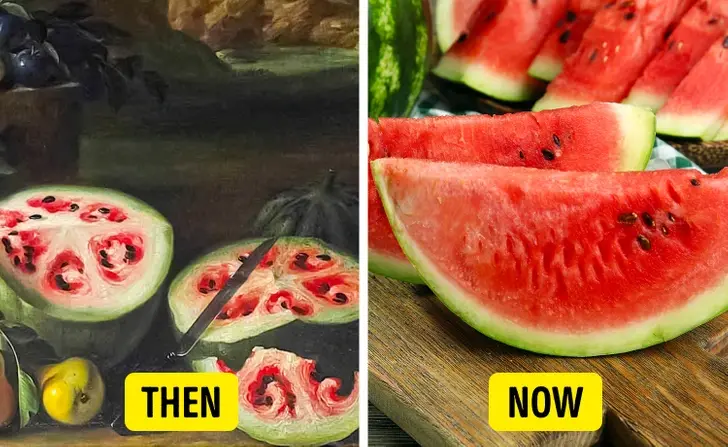
11. Marshmallows started as a plant.

Before marshmallows were transformed into the delightful sweet treats we know today, they were originally a plant. Belonging to the mallow family, they thrived in marshy areas, hence earning the name “marshmallow.” Marshmallows weren’t turned into a candy until the 1950s, and gradually evolved into the fluffy, white treats that we now adore.
12. Food canning was invented for the military.

13. The wedding cake was broken over a bride for good luck.
